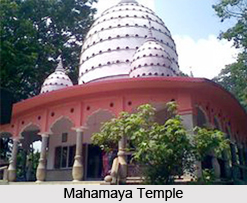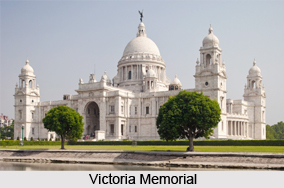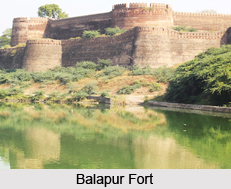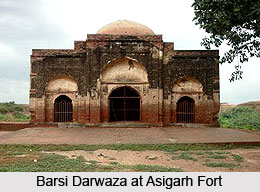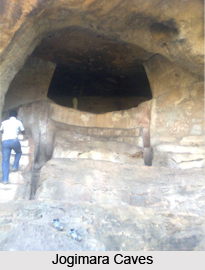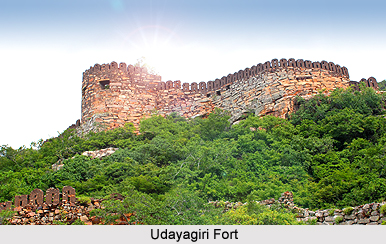 Udayagiri Fort is a 17th-century fort that is located in Kanyakumari District in Tamil Nadu. The geographical coordinates of the fort are latitude 8.2427 degree N and longitude 77.3403 degree E. It is situated almost 14 km away from the town of Nagercoil in Kanyakumari District. It was one of the most prominent military barracks of the Travancore Royal Family when Padmanabhapuram served as the capital of the ruling family.
Udayagiri Fort is a 17th-century fort that is located in Kanyakumari District in Tamil Nadu. The geographical coordinates of the fort are latitude 8.2427 degree N and longitude 77.3403 degree E. It is situated almost 14 km away from the town of Nagercoil in Kanyakumari District. It was one of the most prominent military barracks of the Travancore Royal Family when Padmanabhapuram served as the capital of the ruling family.
History of Udayagiri Fort
Udayagiri Fort was originally founded during the 17th century. However, it was later reconstructed in the 18th century by Maharaja Marthanda Varma of Travancore. It was rebuilt between 1741and 1744 under the direction of Naval Commander of the Dutch East India Company, named Eustachius De Lannoy. Later he was appointed as the Chief of the Travancore Army.
The fort was considered as strategically significant during the early periods. Several prisoners of war, who were captured during the conquests against Tipu Sultan of Mysore, were held captive in Udayagiri Fort.
The troops of the British East India Company, led by Colonel Leger, were sent to the Kingdom of Travancore in 1810. The army of the British East India Company was posted there until the mid-19th century. Later a foundry was set up inside the fortress for the manufacture of cannonballs, guns, and mortars.
Architecture of Udayagiri Fort
Udayagiri Fort is constructed with huge blocks of granite. The fortress covers a total area of around 90 acres and includes a hill with a height of 260 feet. It also consists of a foundry that was used earlier forecasting guns and other firearms. There is also an underground tunnel inside the fortress. The body of De Lannoy in whose honor the fort was built is buried within the fort. A chapel was also built beside his burial site. A tombstone lies within walls of the ruined chapel. The inscriptions are both in Latin and Tamil. The body of his wife and son are also buried beside his.
At present, the fort has been developed as a tourist destination and a bio-diversity park by the Tamil Nadu Forest Department. Currently, it is maintained by the Archaeological Department of India.
